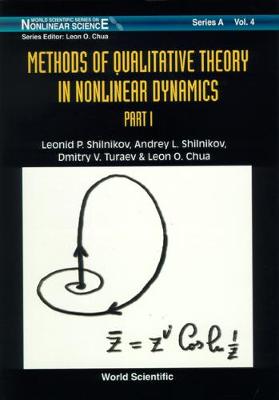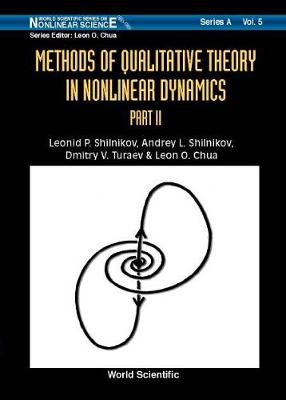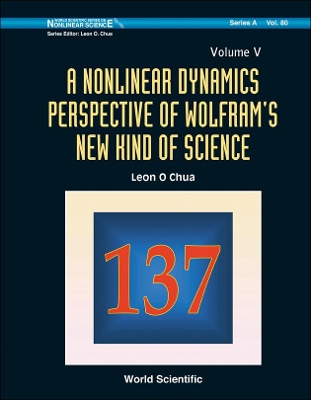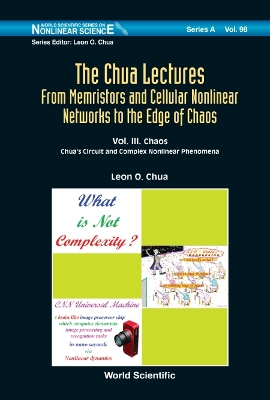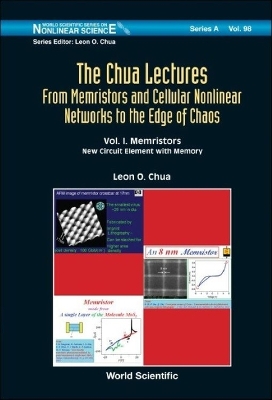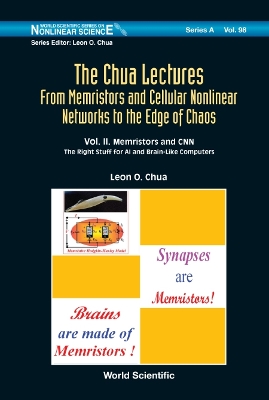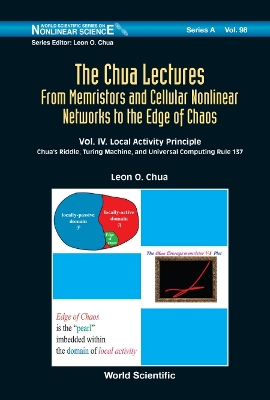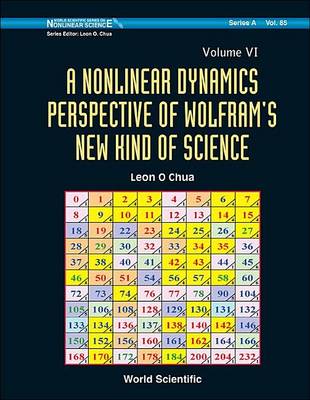World Scientific Series on Nonlinear Science Series A
10 primary works • 11 total works
Book 4
Methods Of Qualitative Theory In Nonlinear Dynamics (Part I)
by Leonid P Shilnikov, Andrey L Shilnikov, Dmitry V Turaev, and Leon O. Chua
Book 5
Methods Of Qualitative Theory In Nonlinear Dynamics (Part Ii)
by Leon O. Chua, Leonid P Shilnikov, Andrey L Shilnikov, and Dmitry V Turaev
Book 31
Book 80
Nonlinear Dynamics Perspective Of Wolfram's New Kind Of Science, A (Volume V)
by Leon O. Chua
Book 85
Nonlinear Dynamics Perspective Of Wolfram's New Kind Of Science, A (Volume Vi)
by Leon O. Chua
Book 98
Book 98
Chua Lectures, The: From Memristors And Cellular Nonlinear Networks To The Edge Of Chaos (In 4 Volumes)
by Leon O. Chua
Book 98
Book 98
Book 98
